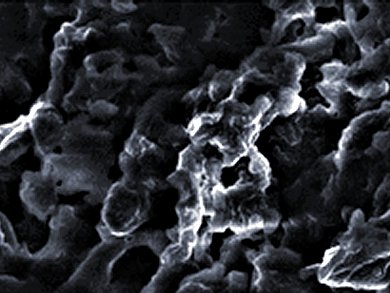One of the oldest and most widely used techniques for preparing microcapsules is coacervation, the separation of colloidal systems into two liquid phases. Simple coacervation results from the interaction of a dissolved polymer and a low-molecular-weight substance. Complex coacervation results from the interaction of two oppositely charged colloids. Here, the core material in its dispersed form is added to the polymer solution. The mixture is then suspended in an aqueous phase containing a surface-active agent. During both coacervation methods, phase-change material microcapsules (microPCMs) occur.
Yeliz Konuklu, Nigde University, Turkey, and Halime O. Paksoy, Cukurova University, Adana, Turkey, have used natural monomers such as chitosan and gelatin to prepare chitosan–gelatin (CG) microcapsules. Using complex coacervation, they prepared CG microcapsules containing one of two fatty acids—namely, caprylic and decanoic acids. They were cross-linked by glutaraldehyde. The properties of microPCMs were characterized by scanning electron microscopy (SEM), differential scanning calorimetry (DSC), and Fourier transform infrared (FTIR) spectroscopy. It was also investigated how the quantity of the cross-linking agent glutaraldehyde influences the thermal properties of the microcapsules containing caprylic acid.
Results show the successful synthesis of microPCMs. Melting temperatures of approximately 11.5 and 24.2 °C with latent heat storage capacities of 79 and 73 J g−1 were found for microPCMs containing caprylic acid and decanoic acid, respectively. The researchers see applications for these capsules in food packaging, as they ensure temperature-controlled packaging and transport.
- The Preparation and Characterization of Chitosan-Gelatin Microcapsules and Microcomposites with Fatty Acids as Thermal Energy Storage Materials,
Yeliz Konuklu, Halime O. Paksoy,
Energy Technol. 2015.
DOI: 10.1002/ente.201402178




